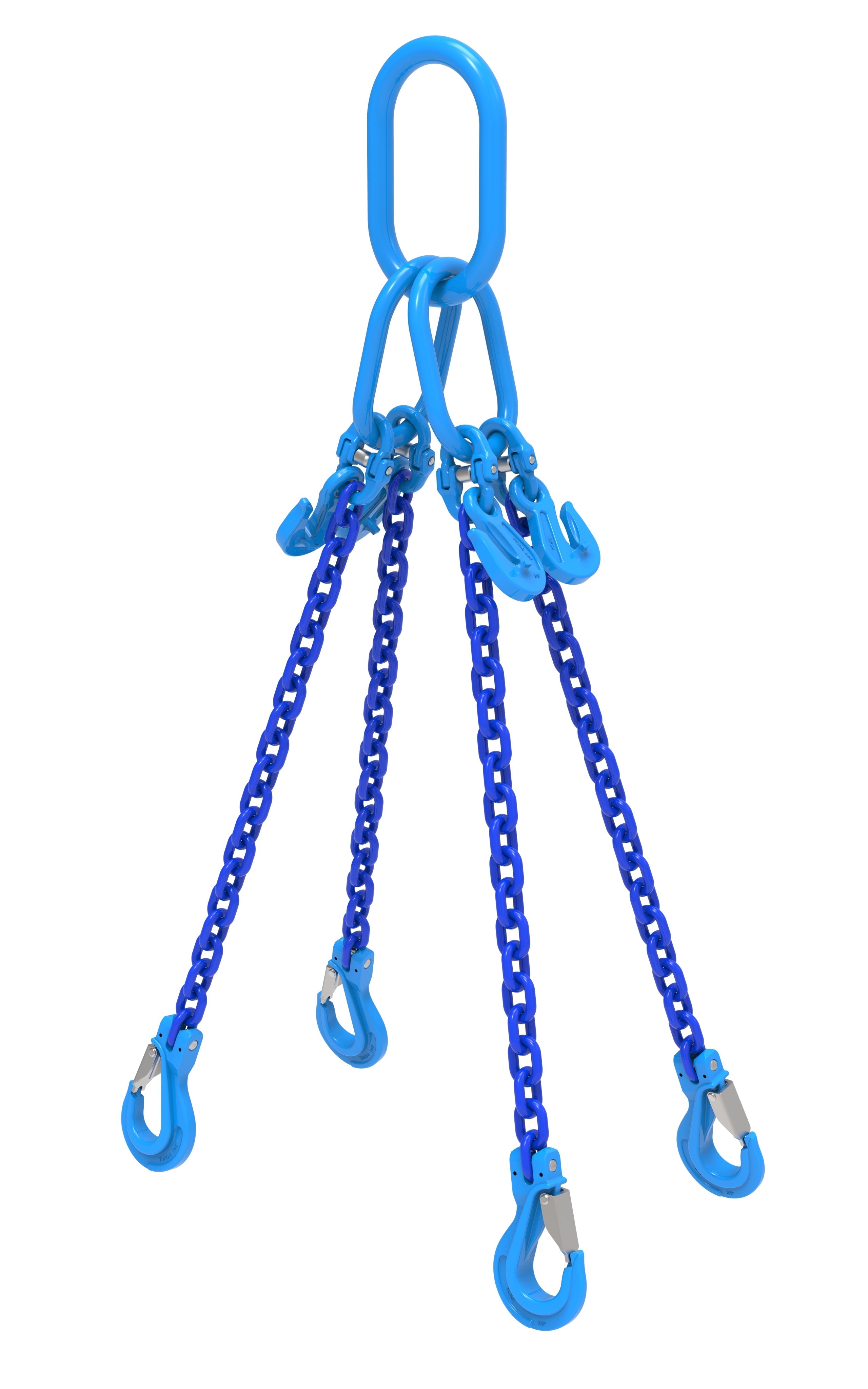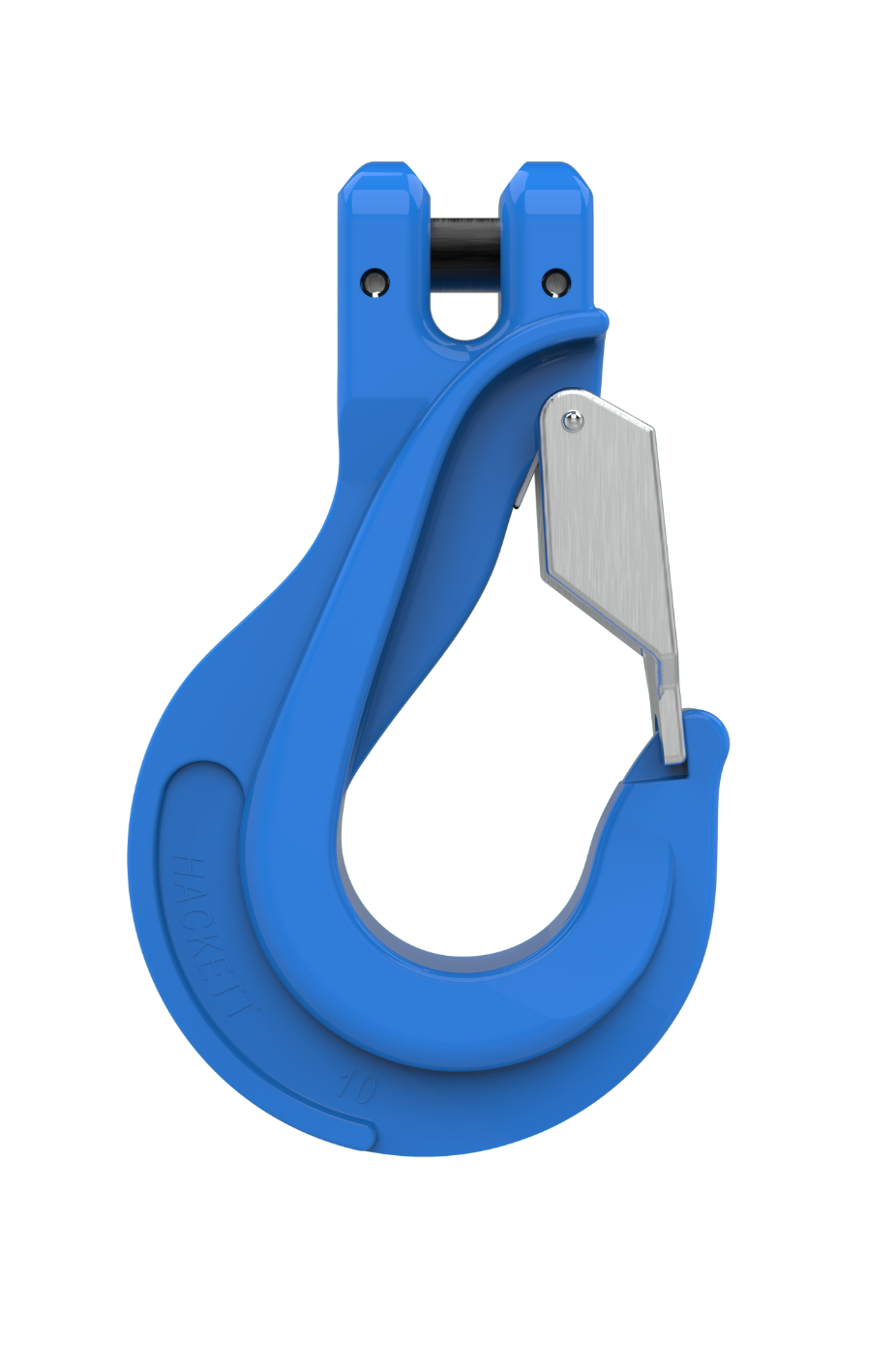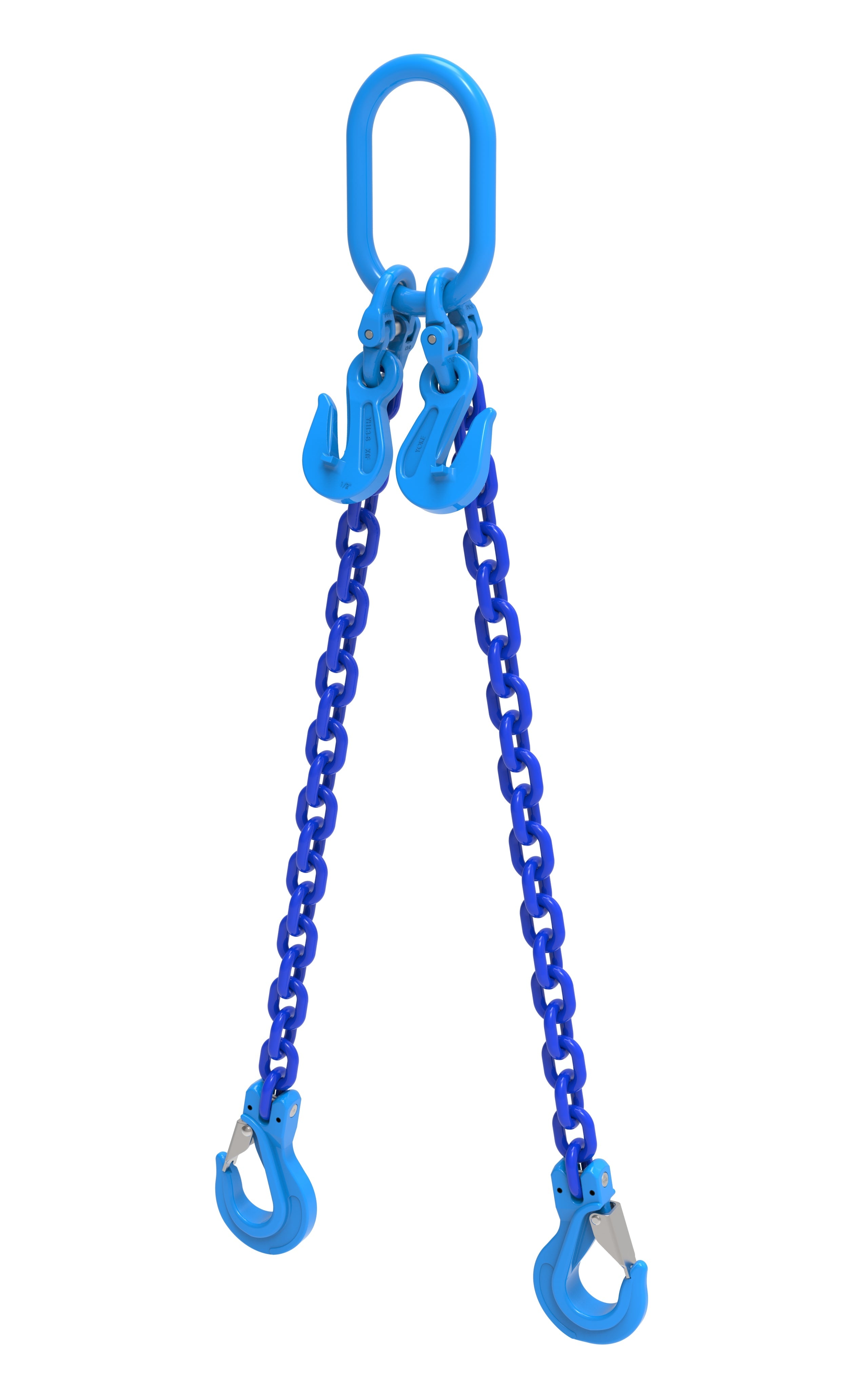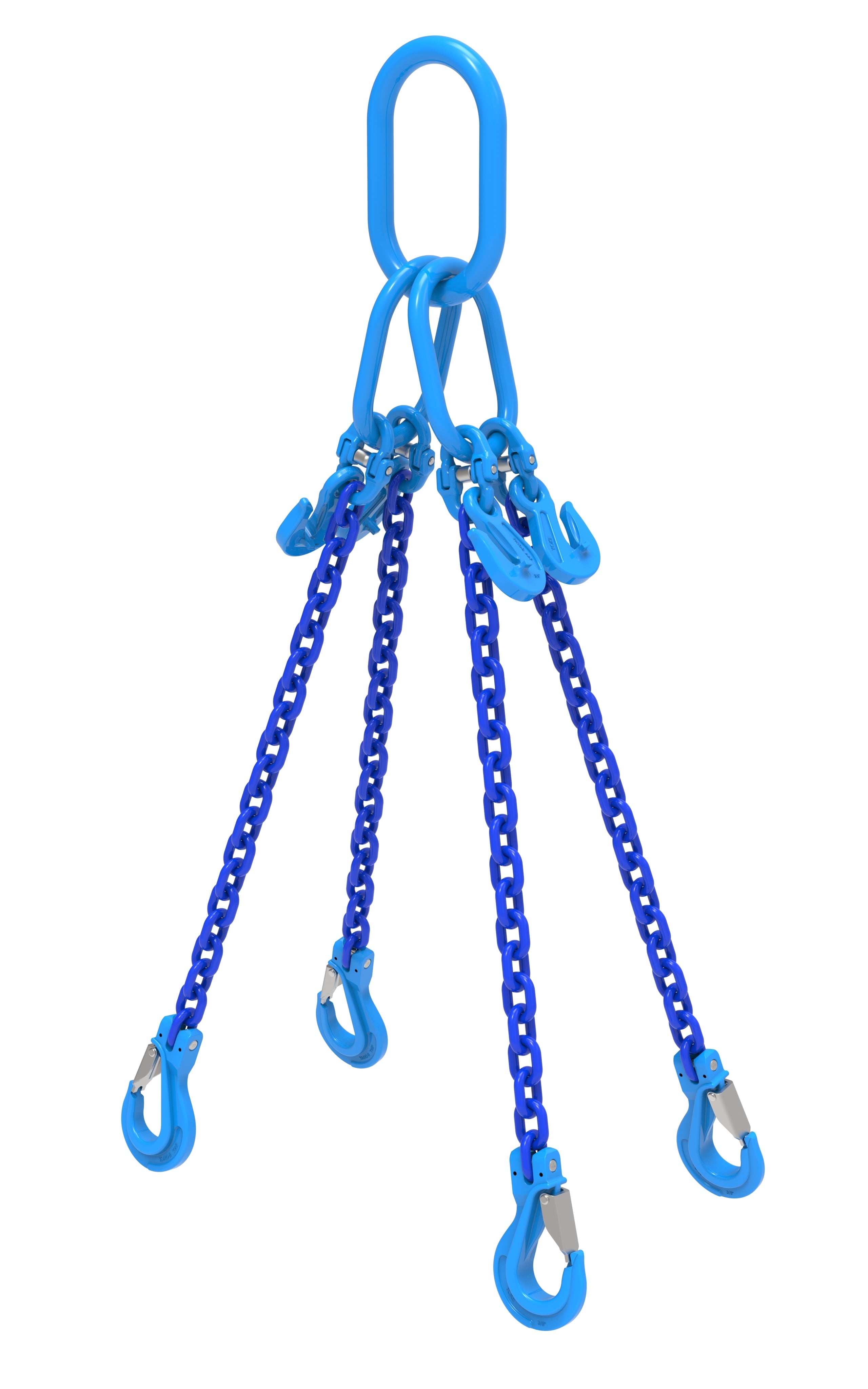4 Top Questions About Lifting Chains
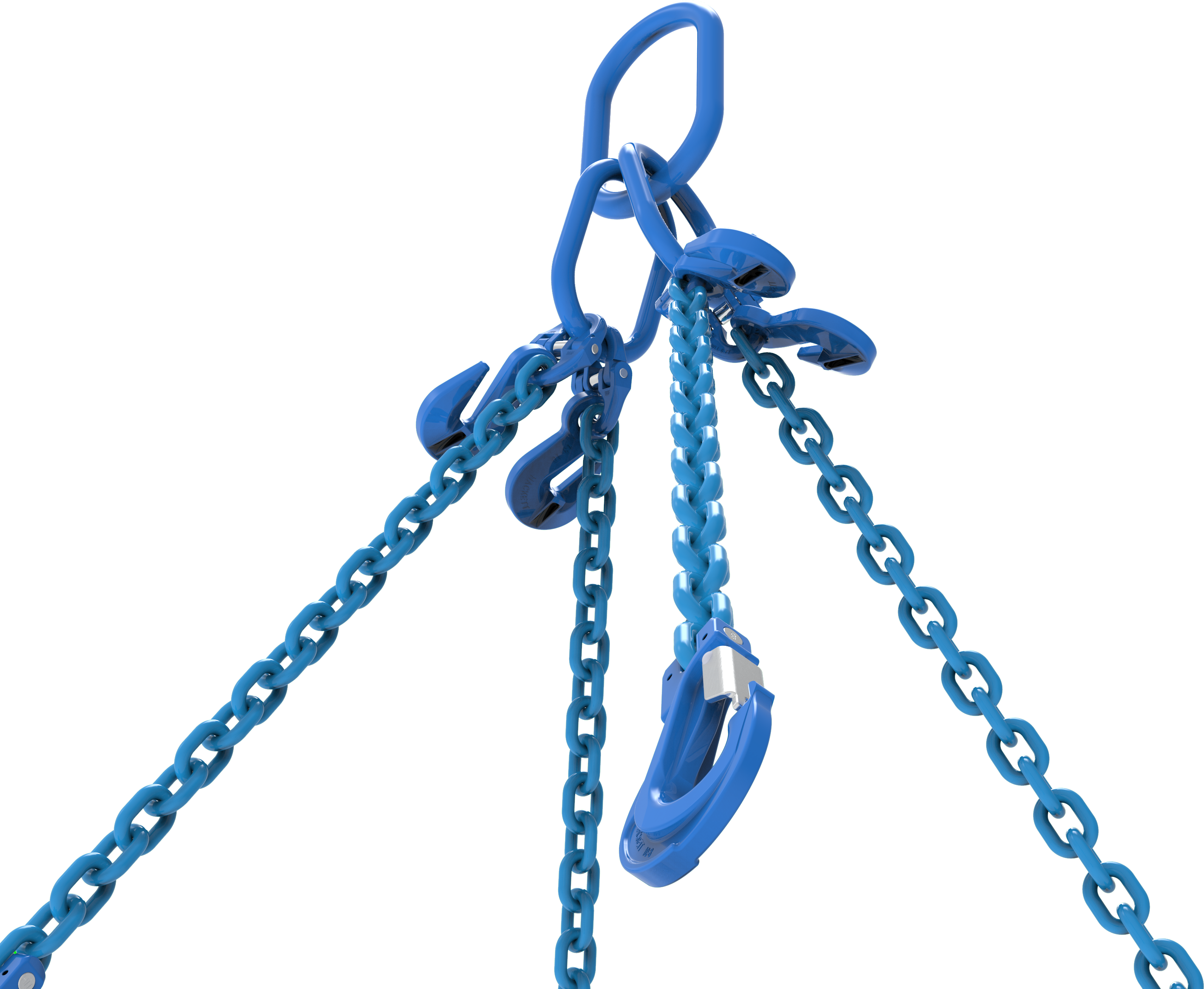
1. What is the Lifting Chain Capacity?
The lifting chain capacity, often referred to as the Working Load Limit (WLL), is the maximum load a lifting chain is designed to handle safely. This crucial specification ensures that the chain will perform reliably under normal working conditions. The WLL is determined by the chain's grade, size, and design. For accurate lifting, always ensure that the weight of your load does not exceed the specified WLL of the lifting chain tag. A good thing to keep in mind is that you should never use a sling without a tag. No tag- no lift.
2. How Much Do Lifting Chains Weigh?
The weight of lifting chains varies based on factors such as the material, grade, and size. Generally, they are robust and durable, and their weight contributes to their overall strength. For specific weight information, it's advisable to check product specifications provided by the manufacturer. Understanding the weight of your sling is essential for planning and executing lifting and rigging operations, especially when considering load limits and crane or hoist capacity.
3. How Often Do Lifting Chains Need to be Tested?
Regular testing (if applicable in your jurisdiction) and inspection of slings and chains is crucial for ensuring the safety and reliability of lifting operations. According to industry standards and regulations, all rigging should undergo periodic inspections. The frequency of these inspections depends on factors such as the intensity of use, environmental conditions, and the type of loads lifted. As a general guideline, thorough inspections should be conducted at least 6-monthly, with more frequent checks for chains subjected to heavy use or harsh environments. Pre-use checks should be performed before each lift and slings designated for the US-market should be load tested prior to issuing their first certificate.
4. How Much Can Lifting Chains Be Shortened By?
While it is possible to shorten lifting chains, it should be done cautiously and within specified limits. Any assembly can be supplied with adjustable grab hooks that allow for some degree of adjustment, these are known as Adjustable Chain Slings. However, it is essential to follow the manufacturer's guidelines and industry standards when shortening chains. Typically, the length that can be shortened is limited to a certain percentage of its original length. Exceeding this limit can compromise the chain's integrity and safety.
Conclusion:
Lifting chains are powerful tools that play a pivotal role in various industries, from construction to manufacturing. At SlingSmarter, we understand the importance of clarity and knowledge when it comes to lifting operations. By addressing these common questions, we aim to empower you with the information needed for safe and efficient lifting practices. Explore our range of lifting chains today, and elevate your lifting experience with confidence!

